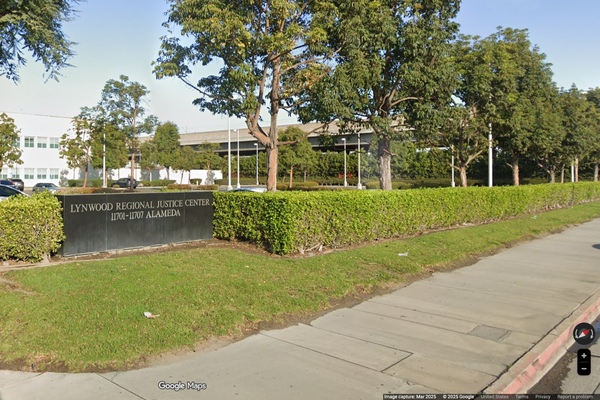
When it comes to money struggles, most of us point the finger at rising rent, grocery bills that keep creeping higher or gas prices that seem to change by the day. And while all of that is true, one expert says there’s one particular bill that’s quietly draining middle-class budgets more than anything else.
GOBankingRates spoke with Winnie Sun, co-founder and managing director of Sun Group Wealth Partners and host of “The ModernMom Podcast,” to discuss the kind of expense that feels “normal” to pay, but over time, it snowballs into something that keeps millions of families stuck in the paycheck-to-paycheck cycle.
Check Out: 9 Things the Middle Class Should Consider Downsizing To Save on Monthly Expenses
Explore More: 4 Housing Markets That Have Plummeted in Value Over the Past 5 Years
In fact, this bill has become such a common burden that many don’t even realize just how much it’s holding them back financially. So what’s the culprit? Here’s a breakdown of the No. 1 bill that’s keeping the middle class poor — and why tackling it could be the key to finally building financial breathing room.
Daycare Is Costing Families a Fortune
As someone who’s guided thousands of families through financial planning over 20-plus years and helped parents steer money challenges, Sun said the No. 1 bill destroying middle-class wealth is the monthly daycare payment.
According to the Pew Research Center, center-based programs are often more expensive, especially for younger kids.
“This isn’t just expensive — it’s a financial trap that forces families into a cycle of debt and delayed wealth building,” she said. “I’ve watched clients pay $1,500-$2,500 monthly per child for daycare, often totaling more than their mortgage.”
Read More: How Do You Know When You’re Financially Ready to Have a Child?
Daycare Offers Zero Asset Value
Unlike a car that depreciates, Sun noted daycare offers zero asset value while consuming 15% to 30% of household income during prime earning years.
“One client calculated she paid $78,000 over four years for two kids — money that could have been a house down payment,” she said.
The real killer is timing, according to Sun. Daycare hits families when they’re already financially vulnerable with new parent expenses, reduced income from maternity leave and increased healthcare costs. “I’ve seen parents take on credit card debt just to afford childcare, then struggle for years to recover,” she explained.
This can create a domino effect where families can’t save for emergencies or invest for retirement during their most important wealth-building decades.
Advice for Families
Sun’s solution for clients has been exploring nanny shares with trusted families, which can cut costs by 40%, or negotiating flexible work arrangements to reduce daycare days.
“Some clients have successfully lobbied their employers for on-site childcare benefits or dependent care FSA contributions,” she said.
The key, she explained, is treating childcare as a strategic financial decision, not an inevitable expense.
More From GOBankingRates
- 5 Old Navy Items Retirees Need To Buy Ahead of Fall
- I Paid Off $40,000 in 7 Months Doing These 5 Things
- 5 Types of Cars Retirees Should Stay Away From Buying
- 3 Reasons Retired Boomers Shouldn't Give Their Kids a Living Inheritance (And 2 Reasons They Should)
This article originally appeared on GOBankingRates.com: Financial Expert: The No. 1 Bill That’s Keeping the Middle Class Poor







